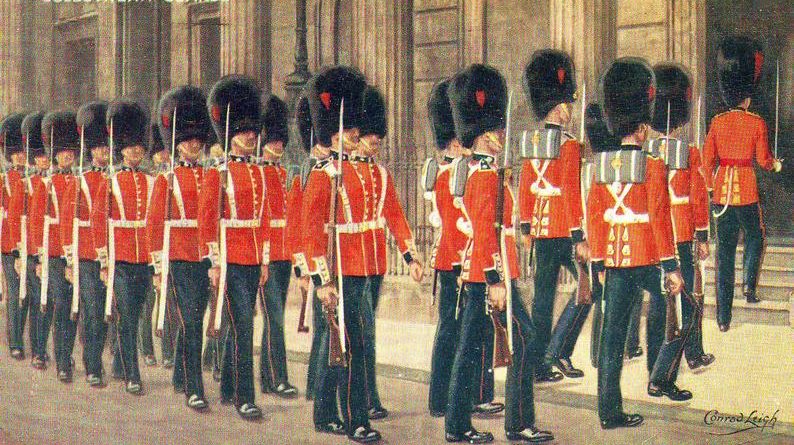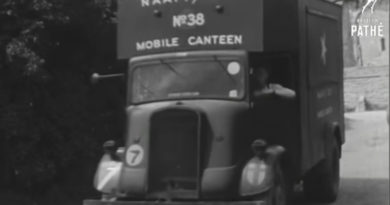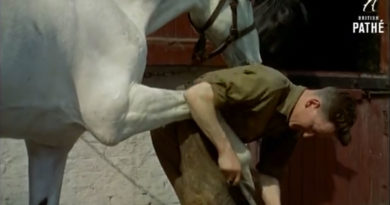Public Duties in 1818 with 89 Sentry Posts to man!
Today, the regiments of Foot Guards (occasionally supported by non Household Division and Commonwealth units) provide the Queen’s Guard (at St. James’s Palace and Buckingham Palace), the Windsor Castle Guard and the Tower of London Guard., but in 1818 things were a lot busier!
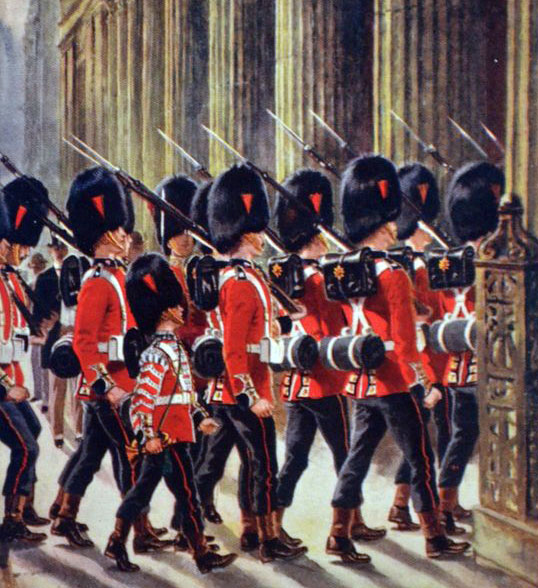
In September 1818 there were a total of 89 sentry posts which were permanently manned by the Foot Guards in Central London, found by ten separate guards mounted daily. In addition, there were three night guards then provided at the Bank of England, Drury Lane Theatre and Covent Garden Opera House, as well as the Guard provided at the Tower of London, these Guards were:
King’s Guard: 22 posts.
Based on St. James’s Palace and covering The Prince Regent’s establishment at Carlton House and Warwick House where Princess Charlotte had lived until 1817.
Queen’s Guard:
Based at Buckingham House where Queen Charlotte was then living. Location of posts include: No. 7 – opposite Lord Milford’s in Birdcage Walk, and No. 27 ‘against the wall leading to Pimlico’.
Tylt Guards: 20 posts:
The Guard Room was in the south wing of the Horse Guards building opposite to where the Queen’s Life Guard, Guard Room now is. The posts were spread all around the Whitehall area including such locations as ‘The First Regiment Orderly Room in Scotland Yard’, at the corner of Lady Suffolk’s’, ‘In Downing Street’, ‘at the bomb taken at Cadiz’ (the site of the present Guards Division Memorial). This Foot Guards commitment continued until 1898.
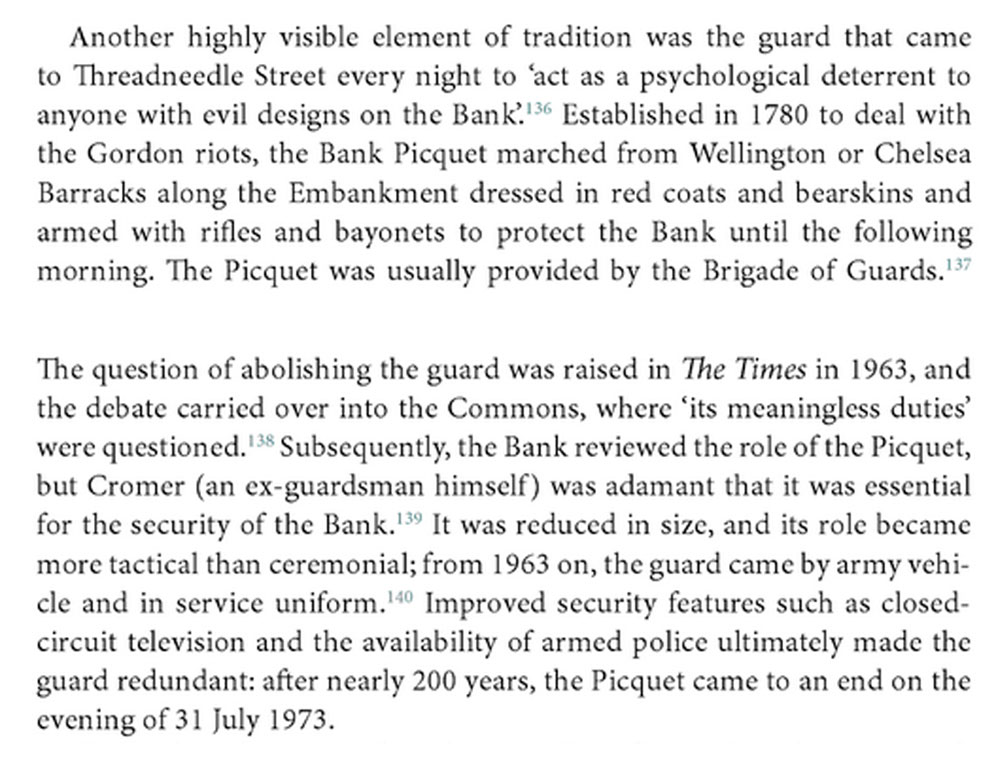
Armoury Guard: 5 posts:
At Storey Gate and Cock Pit Steps in Birdcage Walk.
British Museum Guard: 5 posts:
This Guard at Montague House was not relieved by the Metropolitan Police until 31st December 1866 by which time the British Museum had moved to its present location in Bloomsbury.
Savoy Guard: 4 posts:
This guard was originally on the Savoy Prison but since this building was demolished in 1817 to make way for the building of Waterloo Bridge either this was another case of forgotten sentries or the guard was on the Savoy hulks lying in the river.
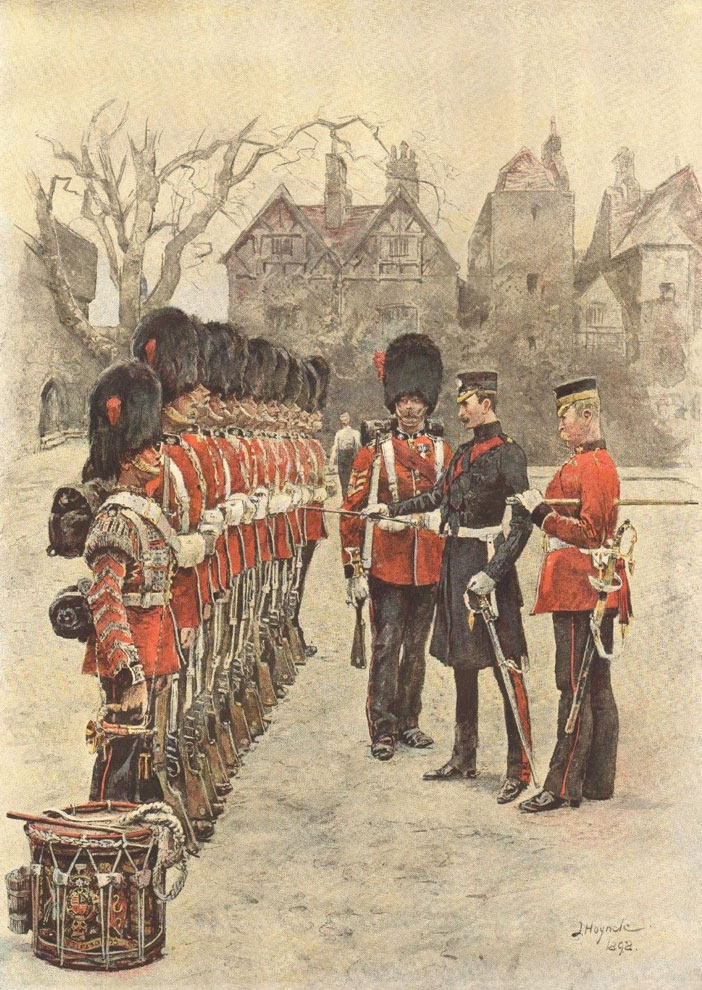
Military Asylum Guard: 1 post:
One post on the boys’ playing ground in what became the Duke of York’s HQ in Chelsea.
York Hospital Guard: 4 posts.
Founded in 1799 for soldiers invalided from foreign service, this hospital stood at the corner of Grosvenor Place and Hobart Place. The hospital was demolished in 1819.
Kensington Palace Guard: 4 posts.
Magazine Guard: Hyde Park: 4 posts.
This guard lasted until the 1939/45 war.
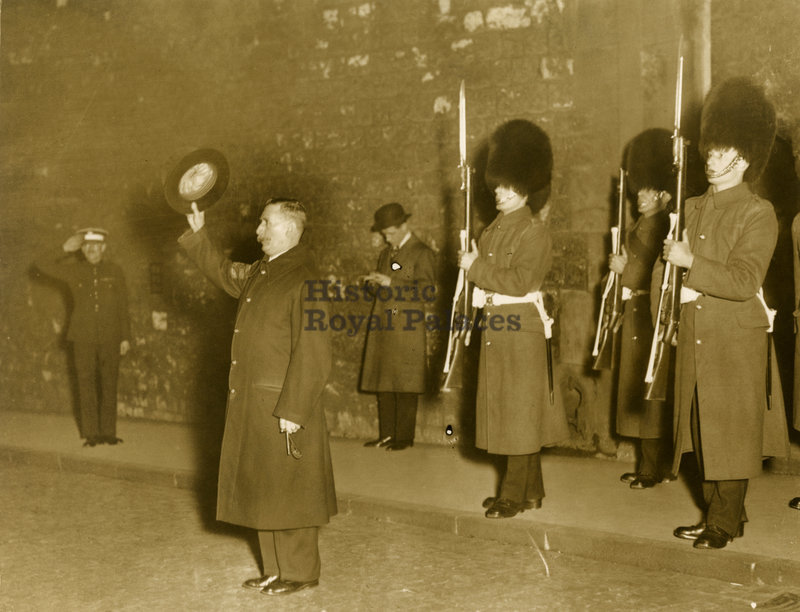
The Chief Yeoman Warder and escort outside the Main Guard at the end of the ceremony
The principal Guard Changing ceremony took place at St. James’s Palace. In 1903 King Edward VII commanded that: “In future when His Majesty or Queen Alexandra is in residence at Buckingham Palace, the King’s Guard of Household Infantry, which hitherto has always mounted at St. James’s Palace, shall instead mount in the forecourt of Buckingham Palace, the St. James’s portion of the guard to be relieved marching to Buckingham Palace to join the portion there for the customary ceremony. Consequently, the King’s Guard will, in future, include what has hitherto been the Buckingham Palace Guard, but for the purposes of accommodation will be divided into the St. James’s Palace and Buckingham Palace Detachments”.
The change was made for the first time on Tuesday 13th January 1903 when the Guard was supplied by the 2nd Bn. Coldstream Guards who marched from Chelsea Barracks, the band of the regiment playing during the relief of sentries, as at St. James’s Palace. When neither the King nor Queen is staying at Buckingham Palace the Guard will mount at St. James’s Palace as heretofore.
The ceremony at St. James’s Palace continued to be held in Friary Court until 1962, by which time the procedure was that this would be between 1st October and 31st March at weekends and when the Court was out of London, and at Buckingham Palace at other times.
NOTE: This information was ‘sourced’ from the internet at the link below to create content for the sites opening. The link for the original article is below.
https://www.householddivision.org.uk/


